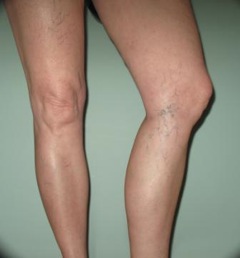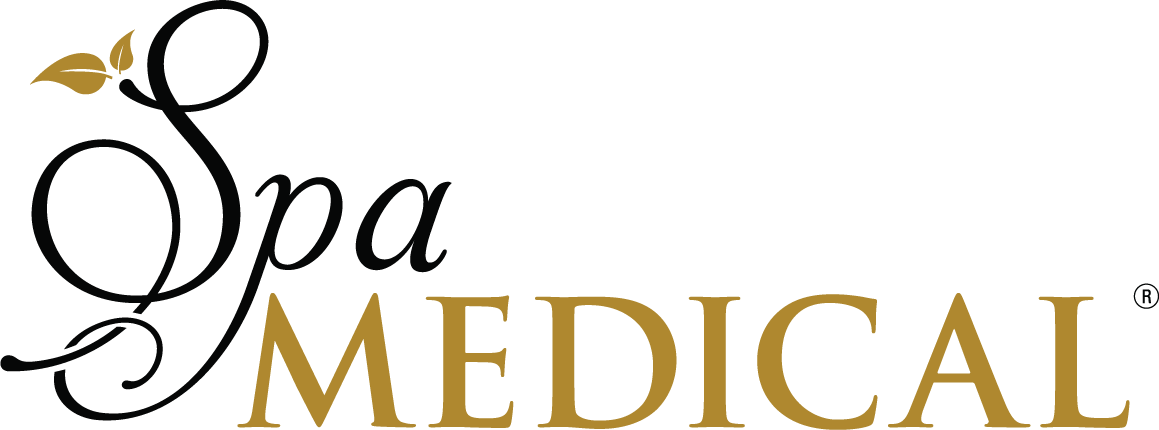Yes and no. Spider veins on legs, do not simply appear out of the blue. Trust me. There is always an underlying source or feeder for every little vein that appears. My favorite word picture is one of a sprinkler head in a yard. The sprinkler does not “create” the water to spew out. There is always a source or feeder leading to the sprinkler. Spider veins are just like that.

Let’s take the analogy one step further. If the garden hose supplying the sprinkler is a mere trickle, the water coming from the sprinkler is a trickle, as well. You may be able to clog the sprinkler head with paper towels to stop the flow since there is not much pressure supplying the water. However, if the sprinkler is being fed by a powerful stream of water, like a fire hydrant, then you will never stop the stream from the sprinkler without turning off the water source first. Right?
In a nut shell, if the supplying vein causing the spider vein isn’t treated or ‘turned off’, the chances of closing down the spider vein are suspect, at best. In vein care, these supplying veins are called feeder veins. Sometimes the feeder vein can be seen with a Veinlight® and sometimes it is too deep under the skin to see or treat. If there are blue veins that bulge, swelling of the legs or symptoms of heaviness, tiredness or aching of the legs, typically it is an indication of deeper, underlying issues that will keep spider veins from responding to cosmetic treatment. A thorough evaluation with special equipment may determine the likelihood of treating the feeder veins. The only way to know for sure if the feeder veins are too big or have too much pressure to treat, is to have a mapping ultrasound. The ultrasound is a diagnostic evaluation of the size, location, and function of the underlying veins, which serve as feeders to other veins.
Sclerotherapy remains the gold standard for treating spider veins because the feeder veins can be treated as well with sclerotherapy. Sclerotherapy works by using a tiny needle to inject a solution into the veins for the purpose of collapsing the vein. The total effect of the medication injected takes about 3-4 weeks for the end results. Almost always, a series of at least three treatments are needed to collapse the vein.
If the supply source of spider veins is treated, as well as the spider veins, then the answer to the original question is a resounding YES! There is a way to stop the leaking sprinklers. However, you can treat spider veins until the cows come home without any results, if the supply source isn’t turned off first.
Terri Harper Google







